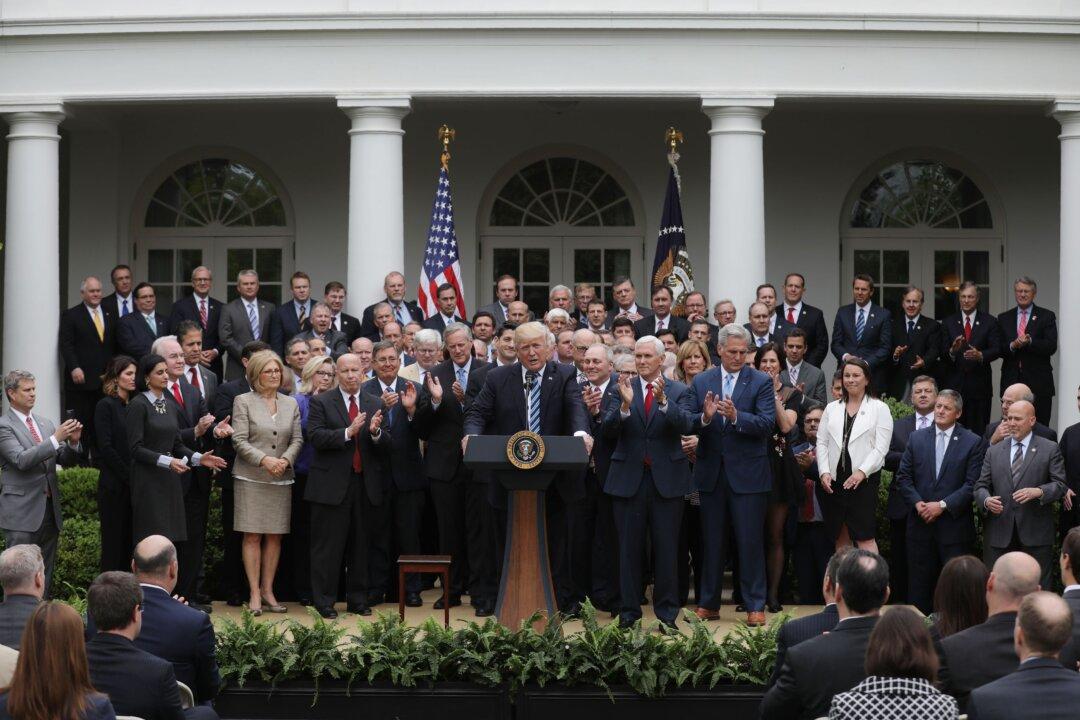The success of any reform of U.S. health care will stand or fall with the provisions made for Medicaid. It has the most beneficiaries of any U.S health program, takes a sizable and increasing portion of federal and state budgets, and serves the most vulnerable among us—the indigent and the disabled.
A few numbers give an idea of the size and cost of this giant program.
Medicaid’s enrollment, at 71.6 million, is larger than the population of France and includes about 22 percent of the U.S. population.
Combined federal and state spending on Medicaid in fiscal 2016 was $574.2 billion.
The Affordable Care Act (ACA), also known as Obamacare, has expanded the size and cost of Medicaid by using it as a primary means of insuring those previously uninsured. While Medicaid had been limited to certain classes of people, excluding most able-bodied adults, the ACA encouraged states to expand Medicaid by enrolling everyone whose incomes were below 133 percent of the poverty level, which now sits at $13,860 for an individual.
When the ACA was fully implemented in January 2014, about 59.8 million people were enrolled in Medicaid. Enrollment has since swelled by almost 12 million, more than half of the 20 million the Obama administration claimed were newly insured by the ACA.
In expanding Medicaid, the ACA built on the existing structure, whereas the Republicans’ bid to replace the ACA seeks to transform Medicaid by changing its structure.
The GOP’s American Health Care Act (AHCA) passed the House of Representatives on May 4 without a single Democrat vote. The Senate is now drafting its own bill. If that passes, the differences between the House and Senate bills will be hammered out in conference.
Cutting Costs
Medicaid currently operates with the federal government matching or exceeding state spending—with the federal amount varying from $1 to $2.94 for each state dollar spent, depending on the state’s per capita income. On average, the U.S. government covers about 62 percent of Medicaid costs. There are no limits on how much a state can spend through its Medicaid program.
States have a certain degree of flexibility, with each setting up its own program. However, while states might decide to offer different baskets of services or ways of providing care, they are all in the same straitjacket regarding finances. According to the Kaiser Family Foundation, Medicaid currently takes 20 percent of state budgets, and the amount is steadily increasing.
In a 2012 article in National Review, Avik Roy, author of “How Medicaid Fails the Poor,” diagnoses a fundamental problem with Medicaid caused by the unforgiving financial situation.






